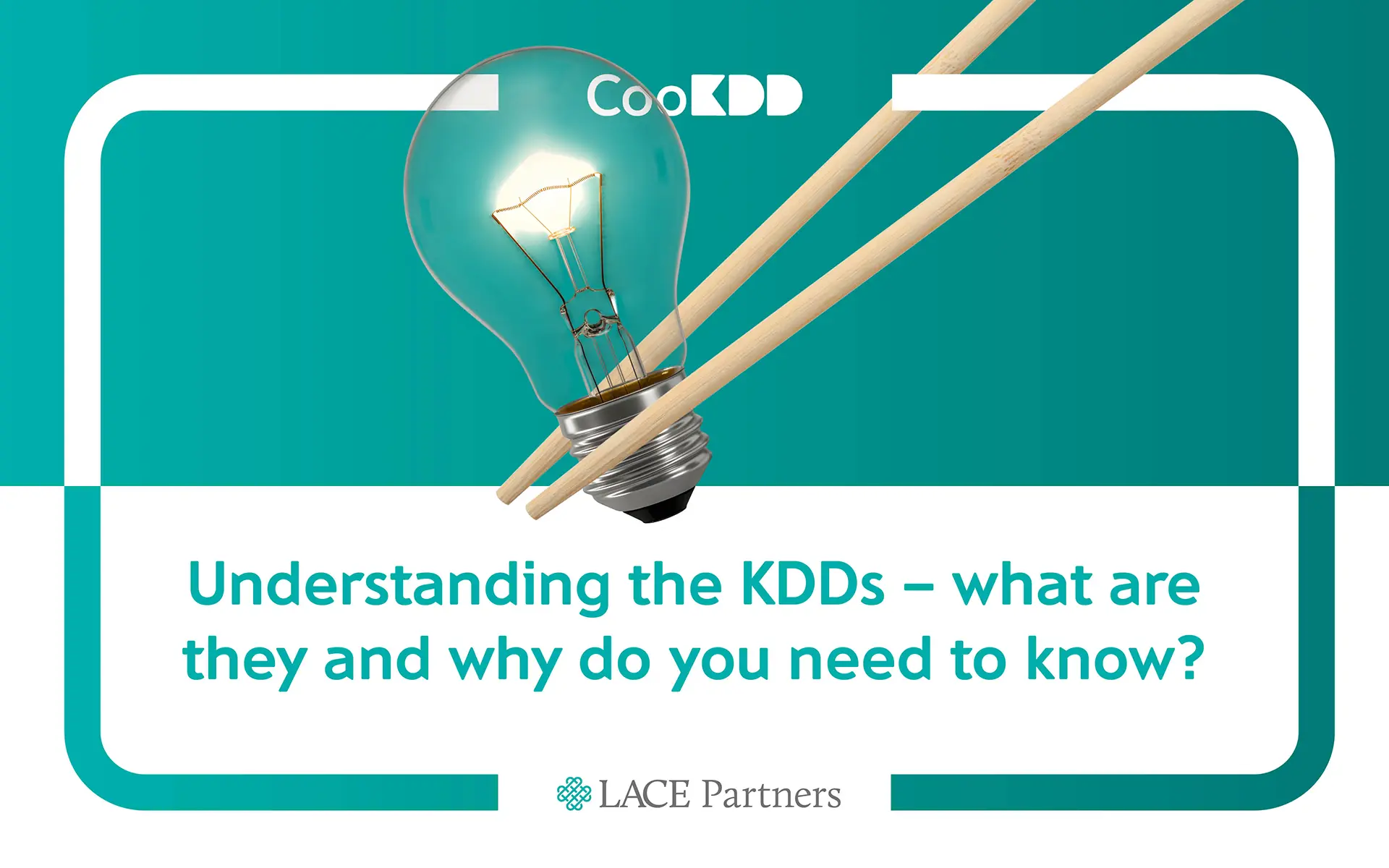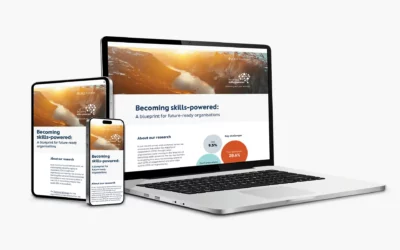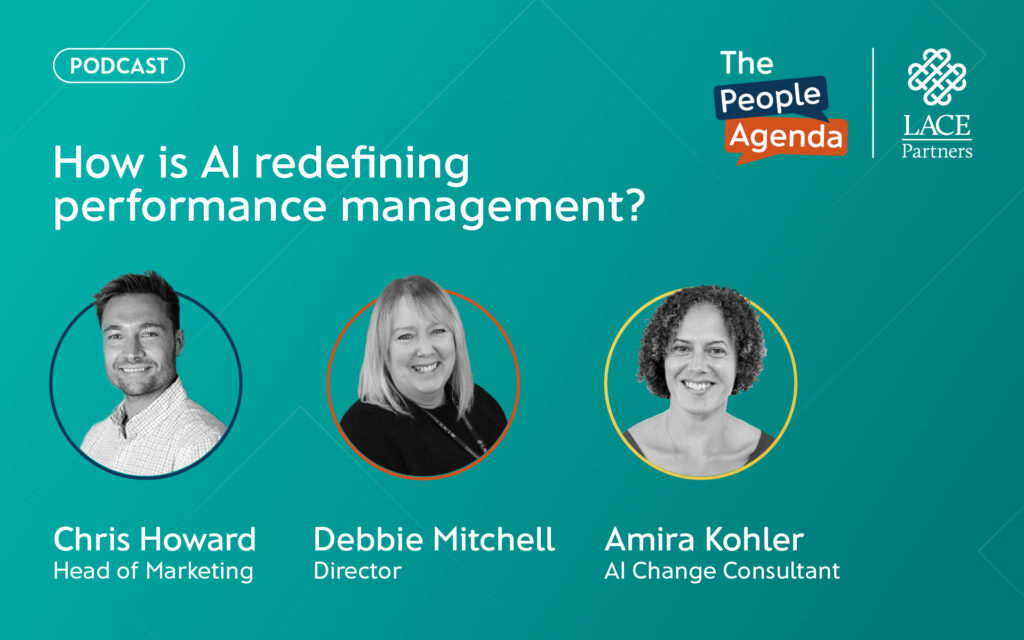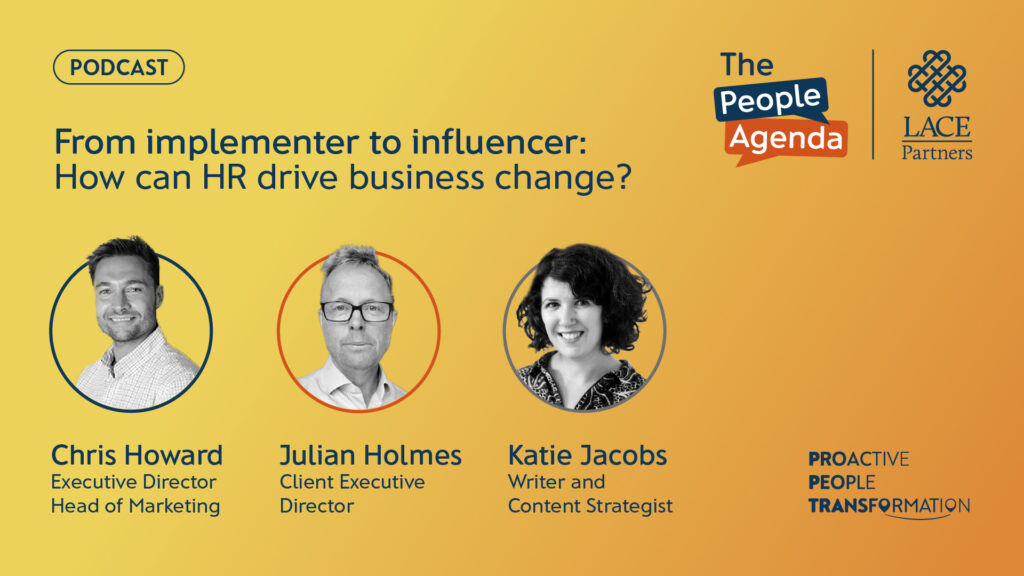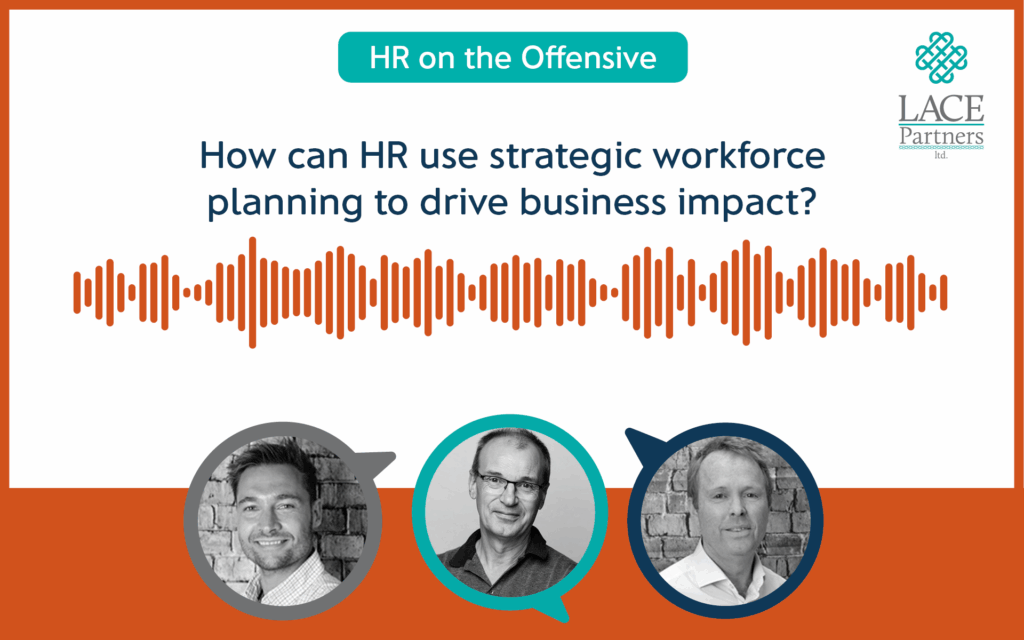Key Design Decisions (KDDs) are a crucial step in implementing any end-to-end solution or transformation ambition within an organisation. As you begin your technology journey, there are numerous questions to consider across various business functions – particularly HR – as the primary function impacted by the technology. These are known as Key Design Decisions (KDDs) and can include anything from the people experience you want to create from the data you store in your technology, to the people skills in your support team and the standard process you drive as part of the change, and how you chose to structure your team in the light of the new technology.
It is essential to align with the business early on to define expectations from the future HR function, ensuring it enables reporting and support in the way the business needs it to. Ensuring that the critical decisions are made in line with the business objectives is crucial in realising the benefits of the investment case for the solution.
When considering the KDD landscape, different functions such as IT and Finance also play a significant role in the foundational phase. Involving them early will help assess broader business impacts that HR may not be aware of, necessary integrations, and data flow. Documenting these elements is vital for informed decision-making about the future landscape. If done correctly, you will be able to use data from all the functions to aid in any business-wide reporting. ESG (Environmental, Societal and Governance) is a prime example where you will be enabled. As a business, you would be able to align multiple functions to build a clear view of these strategic priorities.
Solution design: The path to your HRIS solution
KDDs often represent critical forks in the road, where different decisions can lead to significant rework and added costs in the future. Systems are built on decisions and rely upon them to be stable for the design to work. Unpicking any design decision that has already been built would be a minefield of interdependency between processes and roles. Your programme benefits realisation can be very quickly lost if you do not manage these routes correctly.
For example, deciding on the role of the Manager is a pivotal KDD, from one initial decision, you will set the tone for Manager self-service, approvals and security, as well as the service model HR will be delivering to.
To ensure you are getting the most out of your investment, look to deliver as much of this ‘out of the box’ as possible, as it has a lower development cost and has very small configuration needs to get it operational. These decisions influence the business expectations of managers and what their expectations of them are in supporting their subordinates.
Changing this decision impacts the employee experience, business process design, system configuration, communications plans, training materials, and engagement plans. Reopening this decision later would require revising all these elements, increasing project costs and leading to change requests. Many KDDs involve complex interdependencies, making it challenging for decision-makers to visualise their full impact. Without advisory support, managing these complexities can be difficult.
Reputation: Maintaining trust in the project
Effectively managing KDDs is crucial for maintaining the project’s reputation. Senior stakeholders expect delivery from the programme and not to be constantly asked questions. If the same questions are revisited repeatedly, confidence in the project may erode. Implementations are naturally met with scepticism from many people in businesses due to the human natural aversion to change. You should seek to mitigate as much of this as possible by not flip-flopping on decisions that would impact the work people have to do to get it live or will be doing once the system is live.
Defining the data strategy as a KDD is particularly critical, as data work is a high-impact touchpoint for the business. Setting your data strategy will open you to decisions around migration planning, data dictionary, data residency and reporting and insights. How you plan to deliver these items needs to be actively managed, and a structured plan up front will set you up for success. Any existing data within the organisation would need to be extracted, transformed and loaded.
This work, whilst transactional, is the core of your system; getting the wrong data loaded in immediately loses the confidence of the business users and senior leadership team alike.
Ensuring you treat your project resourcing questions and the role of the workstreams as KDDs upfront are required for establishing clear decisions on data absorption, collection, and cleansing from the outset, minimising rework and ensuring system reliability.
Poor execution of these KDDs can lead to major data issues, requiring extensive corrections and damaging trust in the system, not to mention driving up costs to the programme.
If you’re navigating a transformation or want expert guidance on managing your Key Design Decisions, we’re here to help. Fill in the form below to connect with our team and explore how we can support your journey.

